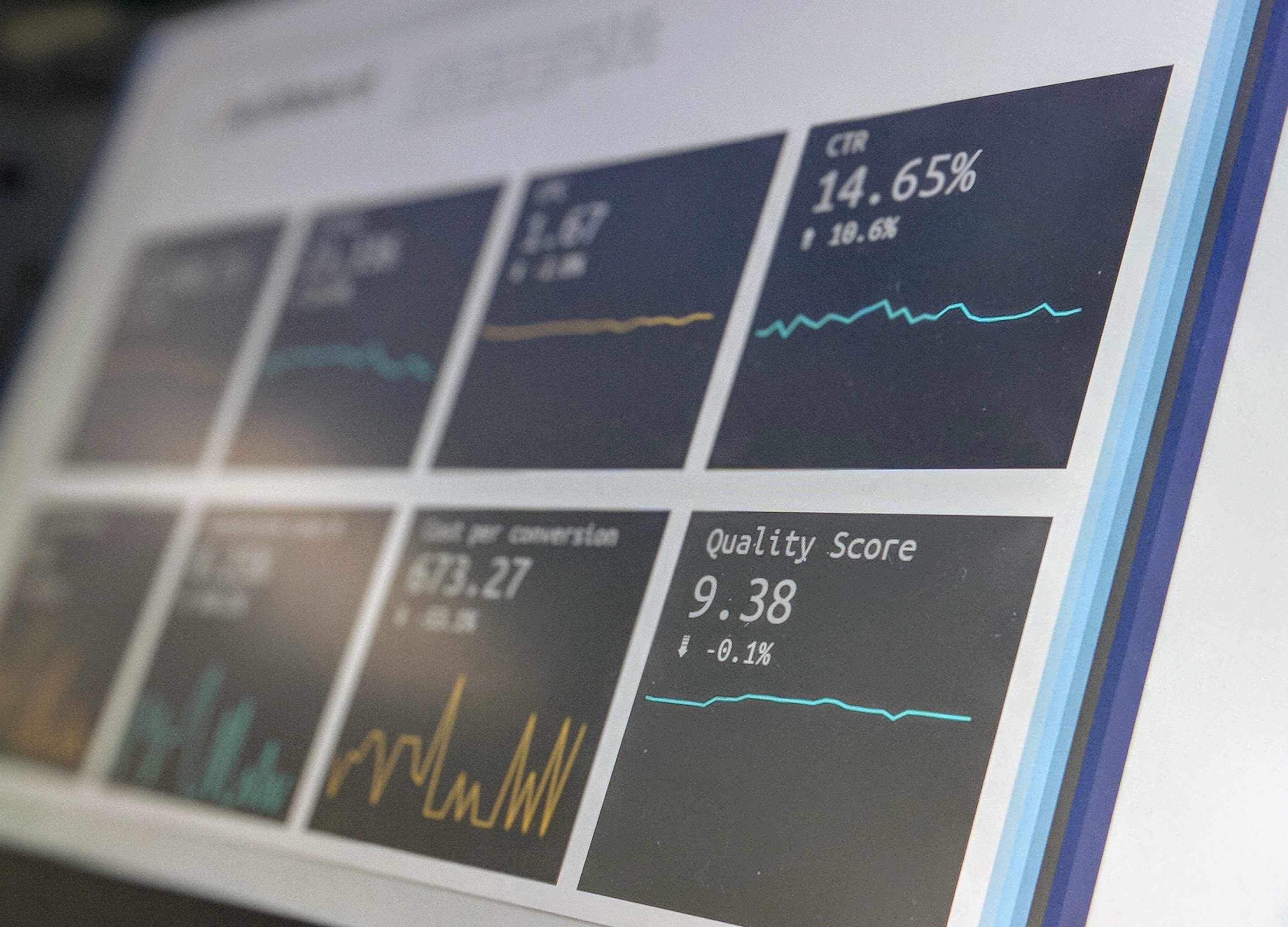Introduction
For a business to move from surviving to thriving, there's more than one way to skin a cat. But one approach that holds so much promise (and potential for return) is strategic pricing.
The concept of charging the right price for your product or service isn't new, but it's become increasingly important in today's competitive marketplace, where consumers value convenience and quality as much as they do a good deal.
And when it comes to setting prices, you don't have to be at the mercy of market forces. You can make pricing decisions that are strategic and informed. Strategic pricing methods - the process of setting optimal prices for a product or service - requires analysis and insight into the costs of goods or services, the level of competition, consumer demand, and what the market will bear.

The traditional method of determining a price for a product or service is to estimate the cost of production plus markup. And, sure, that process allowed some companies to turn a profit as they grew their businesses. But without a robust strategic pricing strategy, those companies faced lower revenues and higher costs as competition increased.
Here's the good news - you can strategise and implement a pricing structure to drive sales and foster customer loyalty. Best of all, it only takes seven steps.
How to Approach Strategic Pricing in Business?
Before we look at the steps to a comprehensive pricing strategy, let's define what strategic pricing should entail for a business.
Consider your company as a series of interlocking, interconnected moving parts. Each part depends on the other and, when working in harmony, can create a well-oiled machine. The entire machine can break down when a part isn’t moving properly.
The same holds true for creating an effective pricing structure. You'll want to consider your overall goals and objectives for the company and research market trends and consumer behaviors. These insights should flow into the analysis of your competitive pricing landscape and an understanding of the cost to produce goods and services.
By conducting a comprehensive analysis and taking into account all of these factors, you can develop a strategy that allows you to price products or services in a way that optimises profits, encourages loyalty, and drives sales.
And with that out of the way, here are the steps to successful strategic pricing.
Step 1. Define Your Objectives and Set Pricing Goals
Before you start putting numbers into a spreadsheet, you need to step back and ask yourself: why am I setting prices in the first place?
Pricing goals offer you a roadmap for your strategy. They provide a starting point - both in reality and in your research. Knowing these goals will also help you to better analyse the competitive landscape and optimise pricing to reach those targets.
Your goals can include:
- Increasing market share
- Launching new products or services
- Growing profits
- Maximizing price elasticity
- Improving customer loyalty
Whatever your goals are, put them down so that you can measure your progress against this benchmark. Sure, you may change your goals as you implement your strategy, but you'll always need a starting point.
Step 2. Conduct a Thorough Competitive Pricing Analysis
Why start with goals? Because your pricing goals will define the scope of your competitive analysis. It's a good idea to start by evaluating competitors' prices for similar products and services to determine an average market price.

By researching the competition, you can determine what features and benefits they provide in exchange for their prices. This will show how competitive your pricing is and whether or not you need to adjust yours. You should also look at competitors' marketing strategies - this will give you an idea of how much effort it will take to win market share from them.
There are several methods by which you can conduct a pricing analysis. Some of these include:
- Price tracking: compare prices regularly to spot trends and shifts in the market
- Price comparison: compare your product or service with competitors
- Cost-plus pricing: use your costs as a baseline for setting prices
- Market research surveys: ask buyers what their ideal price would be
- Break-even analysis: calculate the minimum selling price you need to break even
By conducting a pricing analysis, you will better understand the competitive landscape and how your prices fit into it. Applying your research from Step 1 (goals) to the data you collect in this phase is essential. That way, you can create accurate models and make informed decisions about your strategic pricing.
Once you have the data, it's time to move on to Step 3.
Step 3. Determine Your Costs and Profit Margins
So far, we've looked at the higher-level pricing objectives and analysed the competition. It's time to crunch some numbers and determine your costs and profit margins. This step is crucial for setting realistic prices to optimise your revenue while still being competitive.
By understanding your own costs, you can set a price to make a profit while keeping customers happy. You can establish the actual price when you can accurately calculate your costs and profit margins.
Here's where things might get tricky - if you notice that your costs are too high to justify a competitive price, it may be time to re-evaluate some of the components. Perhaps you need to find cheaper materials or look for more efficient ways of producing the product or service. Doing this will help you create a profitable pricing structure while still hitting all your goals.
Step 4. Segment Your Customers and Analyse Their Price Sensitivity
You also want to do some research into your consumer's price sensitivity. Their willingness to pay for a product or service can vary depending on the market. To figure out your customer's price sensitivity, you may have to segment them into different groups and collect data from each group.
Customer segmentation is integral to strategic pricing, as it allows you to tailor your prices based on the customer type.
There are a few different ways that you can segment your customers. You can differentiate them based on spending behavior, demographics, or preferences. This will help you create a strategic pricing strategy that works best for each customer segment.
Step 5. Develop a Pricing Strategy and Tactics
Once you have your data together, it's time to develop a pricing strategy and tactics for each segment. When crafting your pricing approach, you must consider the cost structure, customer demand, competitive analysis, consumer segmentation data, and your company's goals. This is often a process of trial and error as you find what works best in different situations.
For example, if you see that your competitors are offering discounts on bulk orders in your competitive analysis, you may choose to implement a similar strategy.
Or if you discover in your pricing sensitivities data that a particular segment of your customers is willing to pay more for quality products, you might take advantage of this by increasing the price within that segment.
There are a variety of pricing strategies available to you, such as penetration pricing, price skimming, bundle pricing, and dynamic pricing. Researching and understanding how each strategy works will be critical in ensuring that you make the right decision for your business.
Step 6. Implement and Monitor Your Pricing Strategy
Completed your consumer research? Check. Chosen your pricing strategy? Check.
Now, it's time to actually implement your pricing strategy. This means setting the prices for each product or service in accordance with your decisions and then putting that plan into action.
You'll want to make sure you communicate your pricing changes with customers and clearly explain why the prices are changing. Most often, transparent and honest communication is appreciated by customers.
Once you've implemented your pricing strategy, the work isn't done yet. You need to pay close attention to how it's working and the results regarding sales and profits. You should go back to your original goals and analyse if your pricing strategy is helping you achieve those goals. If not, it may be time to go through the process again and come up with a new strategy.

Step 7. Continuously Evaluate and Adjust Your Pricing Strategy
Now that your strategic pricing is in full swing, you'll want to remember that it's an ongoing process. Things can change quickly in the pricing world, so you'll need to stay on top of your data and continuously evaluate how your prices affect sales and profits.
Remember that each of the seven steps of strategic pricing work together, and you can often go back through each to ensure your pricing strategy is still on track. Just don't forget to adjust your prices if the market and competitive landscape change - and follow the steps to make sure you're making the right decisions. After all, strategic pricing isn't just about setting the price - it's about setting the right price.
Achieving Sustainable Growth with Effective Pricing Analysis
The primary goal of your business is to generate sustained profits over time. Strategic pricing is vital to that process, allowing you to continue building on past successes and consistently identify growth opportunities.
And yet the true goal should not simply be to increase your prices in perpetuity — it should be to set prices that give you the best chance of achieving sustainable growth.
A competitive pricing analysis tool can give you an edge in determining the best pricing for your products or services. A competitive pricing analysis software can help draw millions of data points to give you the edge in understanding your market and the competition.
With this data, you can better identify trends and causes of fluctuations in price for individual products. You’ll be able to spot areas of opportunity where customers might be willing to pay more — without sacrificing profit margins.
With practical competitive pricing analysis, you’ll be able to identify the right prices to help ensure success — and that’s what strategic pricing is all about.
Podcast
This blog post is accompanied by an eCommerce Matters podcast episode, entitled 'A Guide to Strategic Pricing'.
🎧 Available to listen to now on Spotify:
🎧 Available to listen now on Apple.
🎧 Available to listen now on all other major podcasting platforms.
📕 Read the full transcript.
FAQs
What are some key factors to consider when developing a strategic pricing plan?
There are several key factors to consider when developing a strategic pricing plan, including:
- Identifying the target market and understanding consumer behavior: Knowing who your target customers are and what motivates them to purchase is essential to set the right prices.
- Analysing the competitive landscape: Doing a competitive pricing analysis allows you to compare your own prices to those of competitors, ensuring that you’re not undercutting yourself or losing out on potential profits.
- Anticipating customer responses: Projecting how customers will respond to different prices is key in setting the right ones for maximum profitability.
- Measuring success and adjusting accordingly: Regularly evaluating your pricing strategy and adjusting it if necessary is essential in achieving sustainable growth.
How can businesses use pricing analysis to anticipate changes in consumer behavior?
Consumer behavior offers a range of insights into how customers are likely to respond to changes in pricing. By regularly conducting pricing analysis and interpreting customer reactions, businesses can anticipate shifts in consumer behavior and adjust their strategy accordingly.
This enables them to identify the right prices for maximum profitability and ensure success over the long term. Plus, it enables them to quickly identify new opportunities - even some that require significant pivots - and capitalise on them.
What is the difference between strategic pricing and competitive pricing analysis?
In the world of pricing, you may hear the terms “strategic pricing” and “competitive pricing analysis.”
Strategic pricing involves making decisions about prices based on a company's individual goals, while competitive pricing analysis is examining competitors' prices to understand how they compare with your own.
Both are essential components of a successful pricing strategy, although strategic pricing often takes precedence since it allows businesses to focus on their own goals and objectives rather than the competition.

